Ireland has a culture of filmmaking and film attendance since the 19th century, however, it has never been extended continuously and this affected its techniques, its characteristics and its identity, and also its audience, unlike the other countries in Europe which have been keeping their filming industry active ever since. Unfortunately, it happened to the Irish Film and Television industry due to a lack of relevant investment throughout its History ( if we compare the larger investment in UK, for instance), a small domestic audience, and the absence of film training and courses to create well-prepared directors, screenwriters, producers and technicians and build up a strong Audiovisual industry.
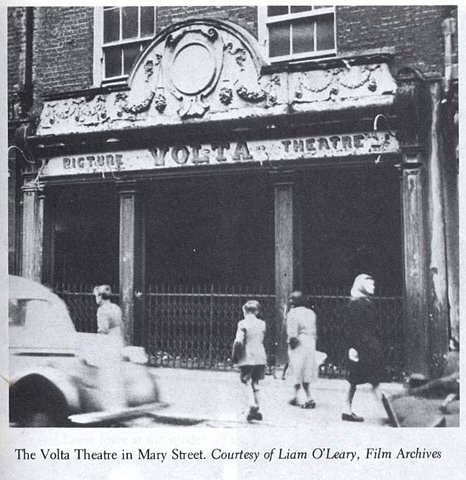
The Irish filmography started in early 1900 when ‘Volta”, the first Irish cinema was open by the novelist James Joyce, on Mary Street with a great audience. That period symbolises the beginning of the Seventh Art Productions in the Republic of Ireland. During the Early Irish Cinema Era almost all of the films were made by foreign filmmakers, especially British and North-American, alongside the effort of Irish producers. The movies created in this era had some effect under Irish society and it stimulated an emerging new filming scene in Ireland from middle 70s to 89s.
It was called “Indigenous Filmmaking” or “First wave of Irish cinema”. The Film Act of 1970 set the foundation for expanding the Irish-based film industry and it provided among other things tax advantages for film productions and resident foreign creative individuals. Some natural-born Irish debuted such as Neil Jordan, Lenny Abrahamson and Jim Sheridan. They became internationally renowned which brought credibility to the Irish film professionals.
The Irish Film Board (IFB), the development agency for film and television in Ireland was set up in 1981 to boost the local industry, and one of its earliest supported projects was ‘The outcasts’ released in 1982, but because of the big and prolonged recession that Ireland was passing through during the 80s, the Irish cinema industry back to be almost interrupted, especially in 1987 when the Government shut down The Irish Film Board to cut expenses.
Despite the mishaps, the Irish Film survived and filmmakers continued to break through their issues, continued telling their stories and released new titles with considerable success.
The contemporary era

In the name of the Father
‘My Left Foot’ and ‘In the name of the father’ (Jim Sheridan), ‘The Crying Game’ (Neil Jordan), ‘The Commitments’ (Alan Parker) all represented well the Irish film industry’s return. They were all made through non-Irish financing, but they became well-known and acclaimed by critics and reached a considerable international audience, especially ‘The Commitments’, based on the novel of the same name, written by the Irish novelist Roddy Doyle, which is about the representation of working-class Dubliner society during the big recession in 80s and early 90s. These projects were vital to deal with intensive local lobbying that led to the re-establishment of the Irish Film Board in 1993 up until today.

The crying game movie 
The snapper
In 1993, the Irish Government reformed and reopened the Irish Film Board, along with tax incentives known as Section 481, which encouraged foreign film productions to produce their movies and series in Irish lands. By that time, the Irish audiovisual industry started getting back on track. That resolution provided enormous benefits to the Irish audiovisual industry through funds and investments. From this point on, Ireland has launched more films than ever and has produced the most important film catalogues, which includes the well acclaimed by critics and public ‘The Snapper’, ‘The van’, ‘Breakfast on Pluto’, ‘Once’, ‘Intermission’, and more recently ‘Sing Street’ and ‘The young offenders’.

Once
Subjects such as working-class families, the Irish behaviours, wishes and manners; economic crisis and recessions; the Irish masculinity; the Irish Catholic churches scandals, contrasts between the modern Ireland culture versus old fashioned culture and their conflicts; social issues such as unemployment, prejudice and drugs addiction, political scandals and also the Irish morality, are a few example of subjects consistently seen in the contemporary Irish storylines.
Since then, Irish Film Board has been recreated and providing funds for the development, production and distribution of feature films, documentaries, short films, animation, as well as Drama and Comedy TV series, despite the changing economic circumstances and low budget. This era is called as ‘Contemporary Era or Second Wave of the Irish Cinema’.

Breakfast on Pluto 
Intermission
Notable Irish Directors and Screenwriters from the Contemporary Era
| Kirsten Sheridan | “Disco Pig (2001)” and “In America” (2002); |
| Damien O’Donnell | “Inside I am dancing” (2004); |
| Paddy Breathnach | “I went down” (2000), “Man about a dog” (2004) and “Alisa” (1994); |
| John Carney | “Park” (1999), “Once” (2007), and “Sing Street” (2016); |
| Neil Jordan | “The butcher boy” (1997), “Breakfast on Pluto” (2005), “Michael Collins” (1997), and “The end of the affair” (1999); |
| John Crowley | “Intermission” (2003) and “Brooklyn” (2016); |
| Lance Daly | “Kisses” (2008); |
| Peter Foott | “The young offenders” (2016); |
| Anthony Byrne | “How about you” ( 2007); |
| Jim Sheridan | “My Left foot” (1989), and “In name of the father” (1993). |
In 18th June 2018, the name of the Irish Film Board has been formally changed to Fís Éireann / Screen Ireland under the Irish Film Board Acts 1980-2011, to keep up with the “digital revolution” in film and TV worldwide.

Sing Street
There has never been a better time for the Irish Film and TV industry. Alongside the experience that the directors, screenwriters, actors and technicians have received since the Irish Film Board was reopened, there has also been an increase of funding and training opportunities, third level courses, the democratisation of media and availability of cheaper digital technology and gadgets that stimulate the local production.
If you have any suggestion or complaint, please feel free to send an email to me at info.audiovisualmaniacclub@gmail.com

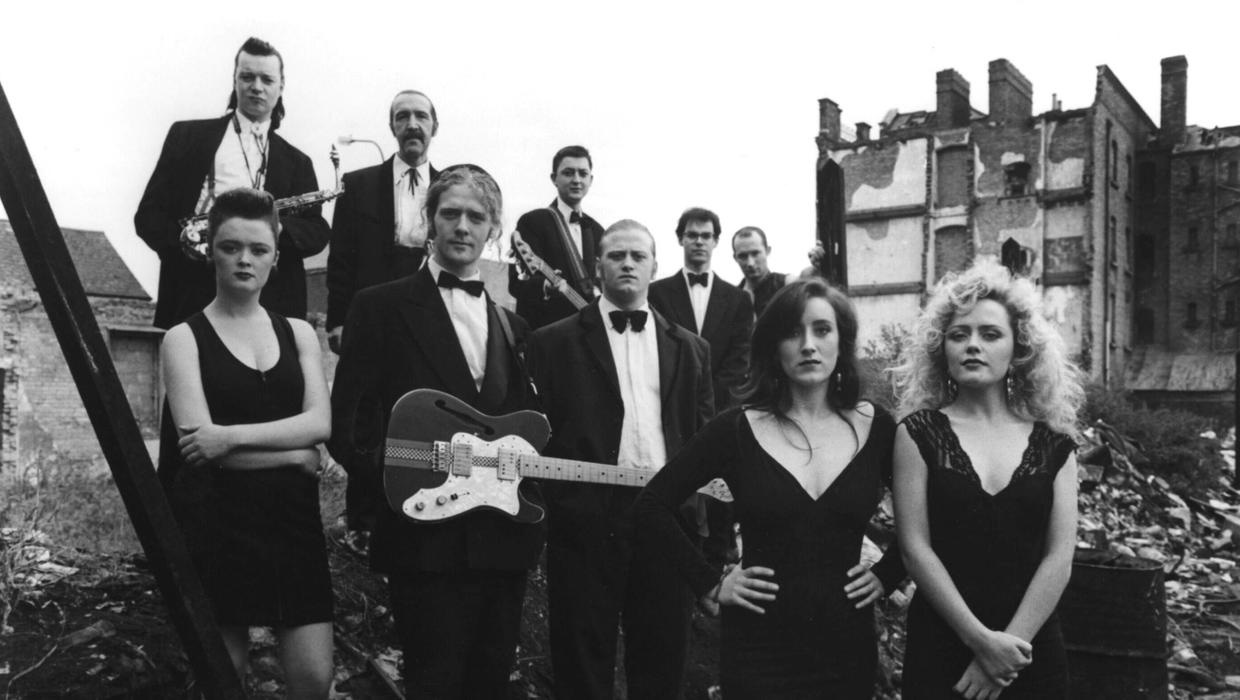
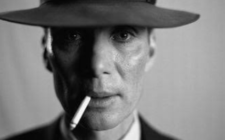
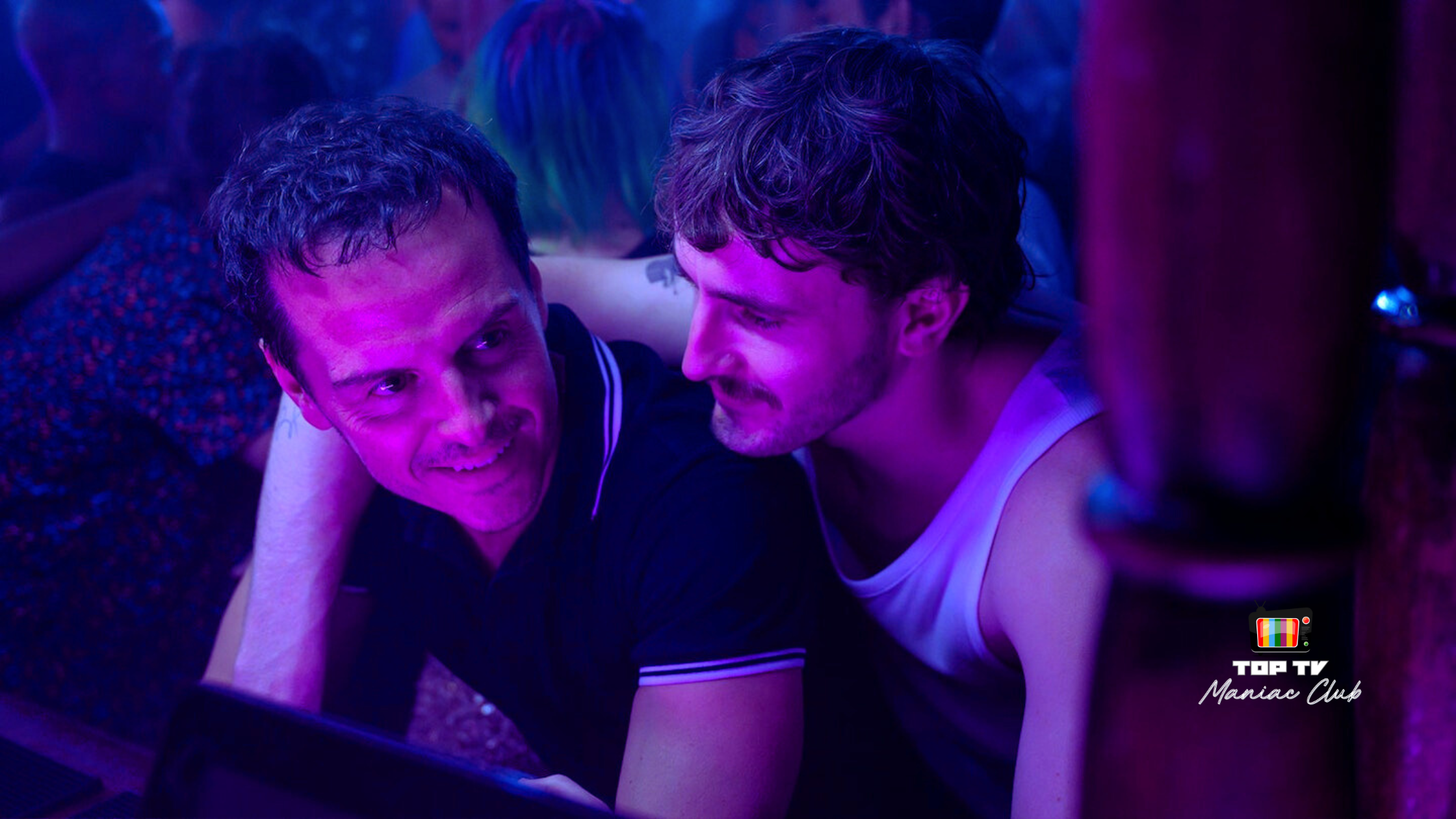
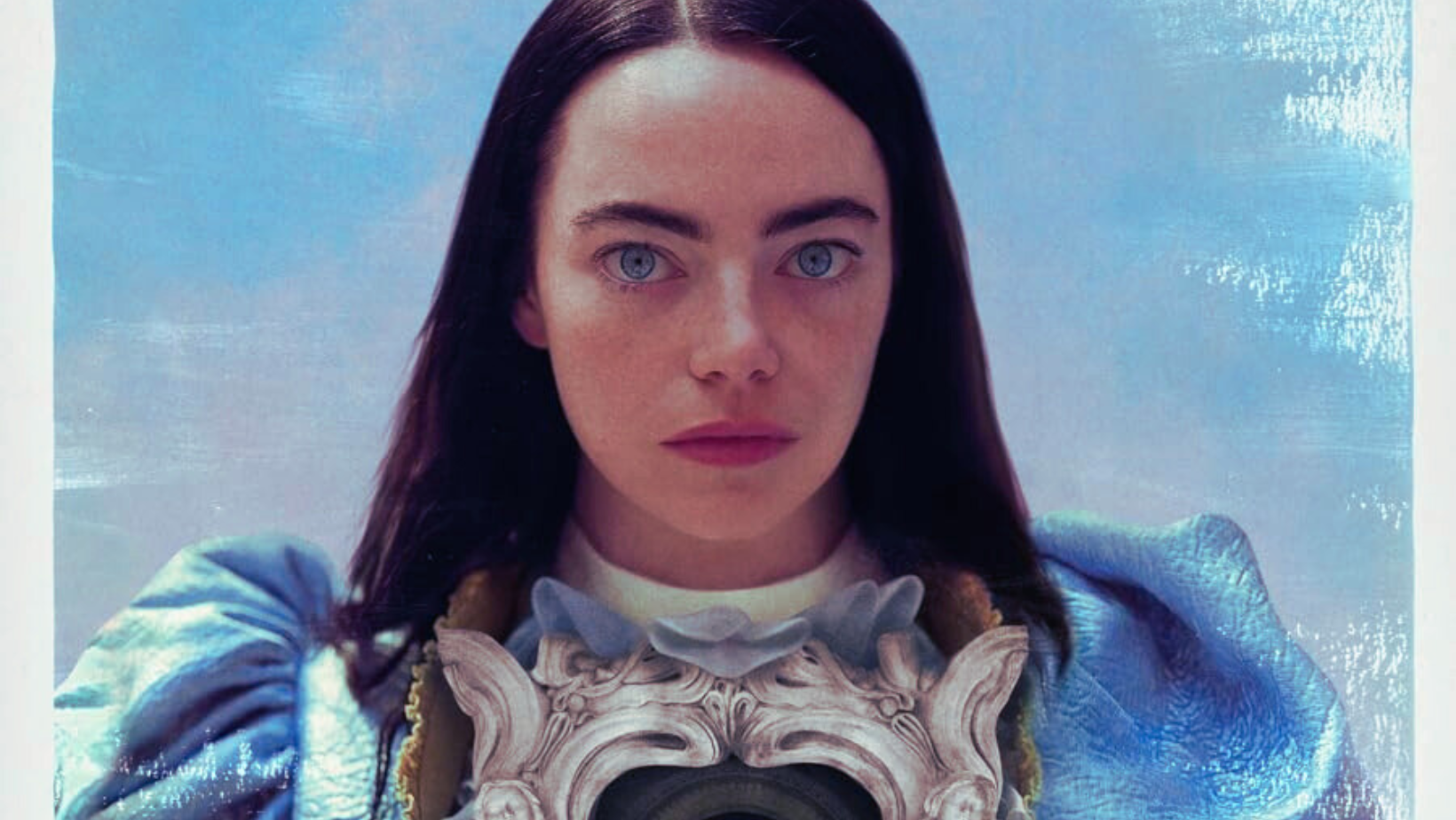
This site is soooo awesome.